Despite a wildly dry winter in California, wildflowers in the Central Coast region have still been blooming! From flowering trees to parasites and everything between, there’s much to enjoy while out on the trail. Below are some native wildflowers to keep an eye out for in the Los Padres National Forest over the next couple of weeks (in no particular order and not exhaustive). You should also check out our post about being a considerate wildflower chaser.
Ceanothus or California Lilac (Ceanothus spp.)
While the bigpod ceanothus (Ceanothus megacarpus) in the Santa Ynez Mountains normally puts on a show in the winter months, related species continue to bloom across both the frontcountry and backcountry throughout the national forest. These shrubs (also referred to as California lilacs) produce astounding clusters of small white or blue flowers. You can currently find greenbark ceanothus (C. spinosus), hairy ceanothus (C. oliganthus), buck brush (C. cuneatus), and hoary-leaved ceanothus (C. crassifolius) blooming in many areas. Over the coming months, additional species such as Palmer’s ceanothus and chaparral whitethorn will also bloom deeper in the backcountry. Though part of the buckthorn family, these unique shrubs are capable of nitrogen fixation and are a critical component to our local chaparral ecosystems.
Bush Poppy (Dendromecon rigida)
This shrub is found throughout most of the Los Padres, particularly in chaparral-dominated areas. It’s especially common in areas that have burned within the last few years. With one of the largest flowers of any native shrubs in our area, the plant is fairly easy to spot this time of year. Look for big yellow flowers covering this shrub with narrow, bluish-green leaves.
Prickly Phlox (Linanthus californicus)
Usually found in rocky outcrops in the Ojai area, Santa Ynez Mountains, parts of the San Rafael Mountains, and north into San Luis Obispo County, this tiny-leafed plant produces dozens of showy pink flowers in April. It’s often spotted on road cuts next to paintbrush (see below) and other species. Up close you’ll see just how small the leaves are—and how prickly they can be.
California Ash (Fraxinus dipetala)
You can spot this species growing as a tree or a shrub depending on the ecosystem you’re in. If you find it in the chaparral, it will most likely occur as a shrub, but don’t be surprised to find this as a mid-sized tree in riparian areas. California ash is already starting to bloom in the lower elevations of the Los Padres National Forest. You can easily spot its large clusters of tiny white flowers, but getting up close is a real treat. Unlike most other flowering plants in California, this species has only two petals (hence the scientific name, dipetala). And to top it all off, the flowers have a lovely sweet fragrance.
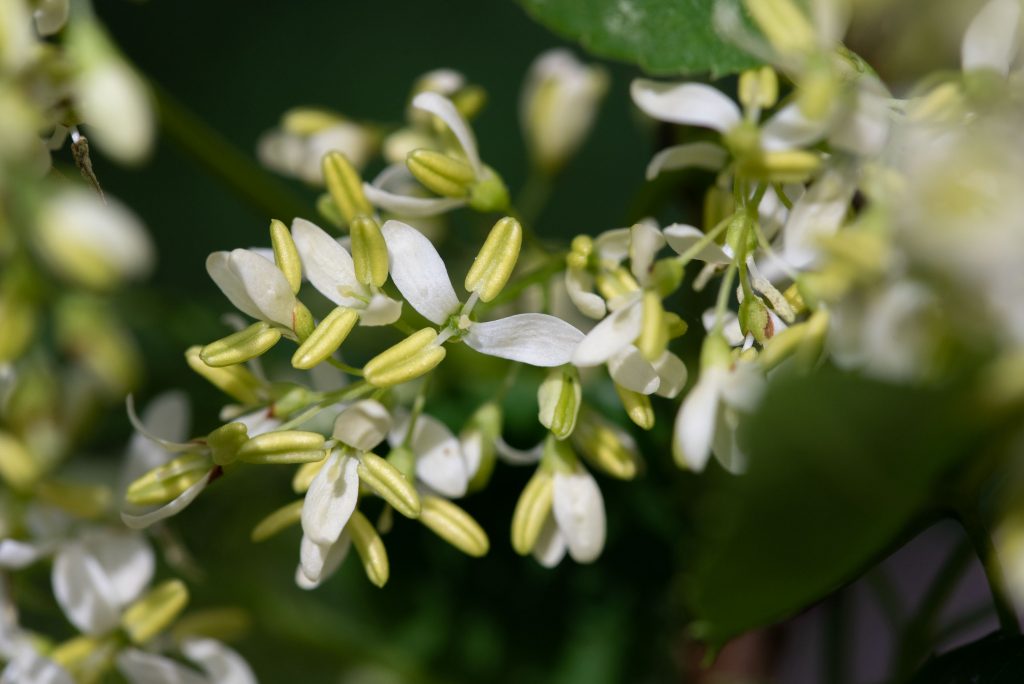
Padre’s Shooting Star (Primula clevelandii)
Found mostly in the Santa Barbara, San Luis Obispo, and Monterey County portions of the Los Padres National Forest, this small herbaceous plant produces stunning pink or purplish flowers this time of year. You can find it growing in openings within the chaparral, along trails and roads, or in generally in grassy areas.
Hollyleaf Cherry (Prunus ilicifolia)
One of the members of the genus that includes plums, cherries, apricots and other yummy fruiting trees, hollyleaf cherry is native to much of coastal California where it occurs among other shrub species in the chaparral. Perhaps best known for its edible fruits, this species also has beautiful small flowers that occur in long clusters this time of year.
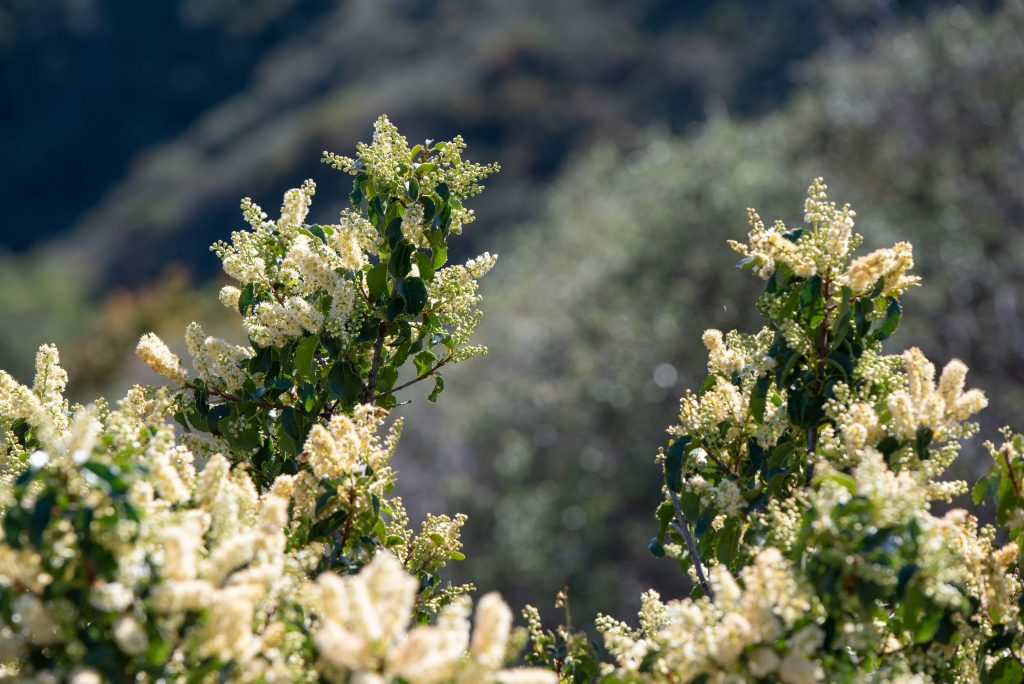
Blue Dicks (Dipterostemon capitatus)
This is one of our many native geophytes—plants with underground storage organs like bulbs, corms, tuber, or caudex—and it’s quite common throughout the Los Padres National Forest as well as the entire state. Look for it in open or recently burned areas where you can often find it growing alongside mariposa lilies and other herbaceous plants. Its small purple flowers can be easy to miss from a distance, so keep a close eye out. The odd common name comes from the species’ old genus name, Dicholestemma.
Paintbrush (Castilleja spp.)
We have many parasitic plants in the Los Padres National Forest, but perhaps none are as eye-catching as the paintbrushes. More specifically, these plants are hemiparasitic, which means they can live on their own or draw nutrients from other plants. Oddly enough, the showy reddish parts of the plant are not the flowers at all but rather the bracts surrounding the flowers. You have to look much more closely to see the plants actual flowers, which are relatively small, narrow, and green. Look for these plants in a variety of habitats, including chaparral, sagebrush scrub, and in rocky outcrops.
Black Sage (Salvia mellifera)
The Los Padres National Forest is home to several native sages, most of which are quite shrubby like the black sage. It has intensely fragrant green leaves and understated white flowers that occur in spherical clusters along tall flower stalks. You will often smell this plant before you see it, and if it’s in bloom, you may initially hear the bees buzzing, too.
Pacific Pea (Lathyrus vestitus)
Also known as chaparral sweet pea, this native vine is found throughout all but the most inland areas in the Los Padres. It produces striking pink or purplish flowers with the classic pea flower shape. Look for it draping low shrubs along the trail.
Blue Elderberry (Sambucus nigra ssp. caerulea)
This large shrub is best known for its tiny blue berries that are toxic unless picked and prepared correctly, but before you see those, large flat clusters of even smaller white flowers make quite the appearance. This species is common in the chaparral, oak woodlands, and even conifer forests throughout the national forest. Like many other native shrubs, it resprouts vigorously after being burned in a wildfire.
Ojai Fritillary (Fritillaria ojaiensis)
Though it’s the rarest species on this list, it also may be the most spectacular. The Ojai fritillary is in the Lily Family and is related to other well-known plants like mariposa lilies and Humboldt lilies. It’s quite difficult to find and even relatively easy to miss if you do stumble upon it. Populations tend to be small and isolated in the coastal mountains from Ventura County to the southern tip of the Big Sur area. Please be careful if you come across this beautiful species, and please don’t divulge its location.
All photos by Bryant Baker.

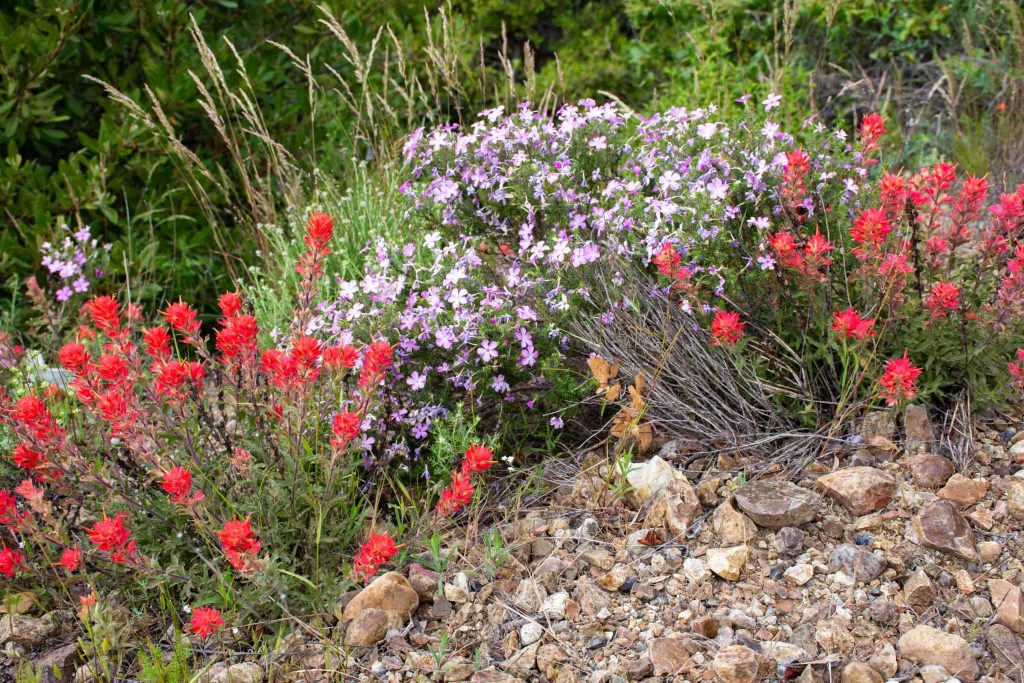

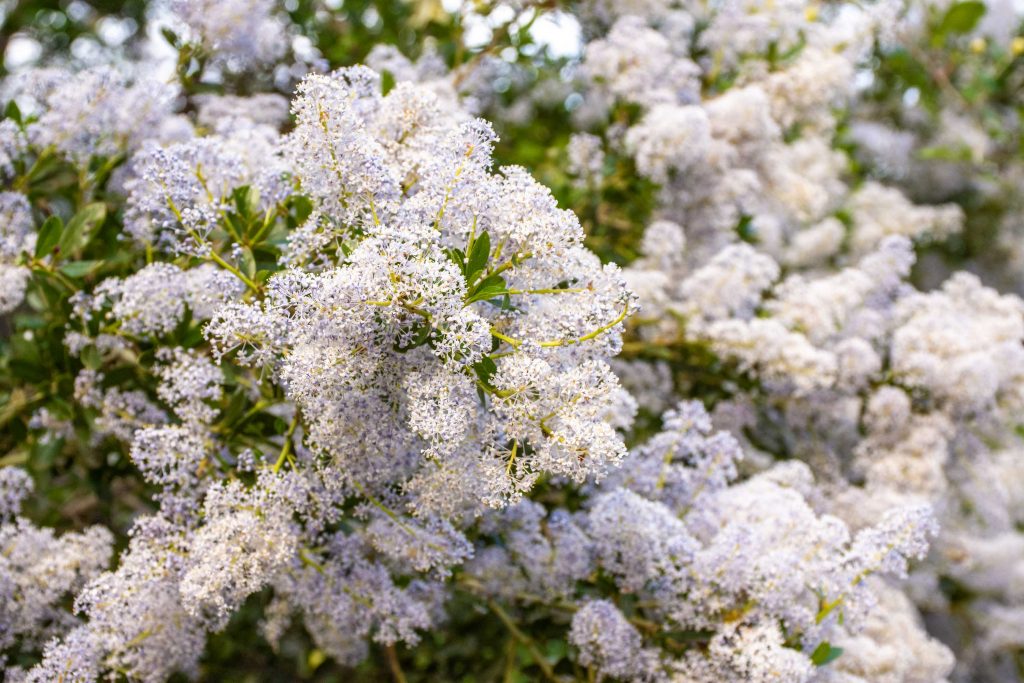
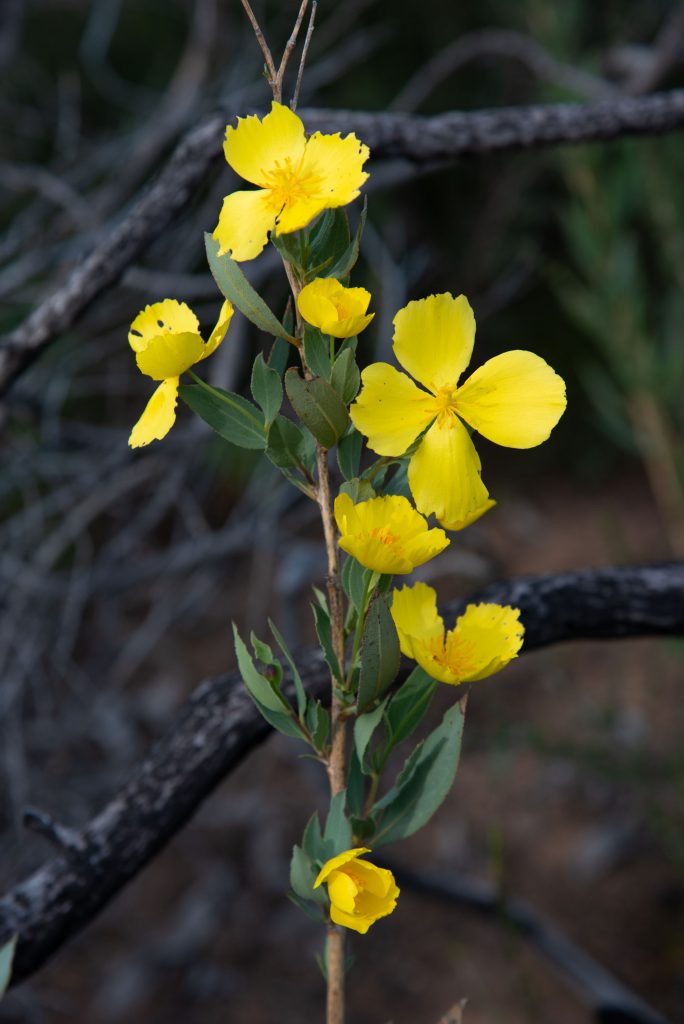
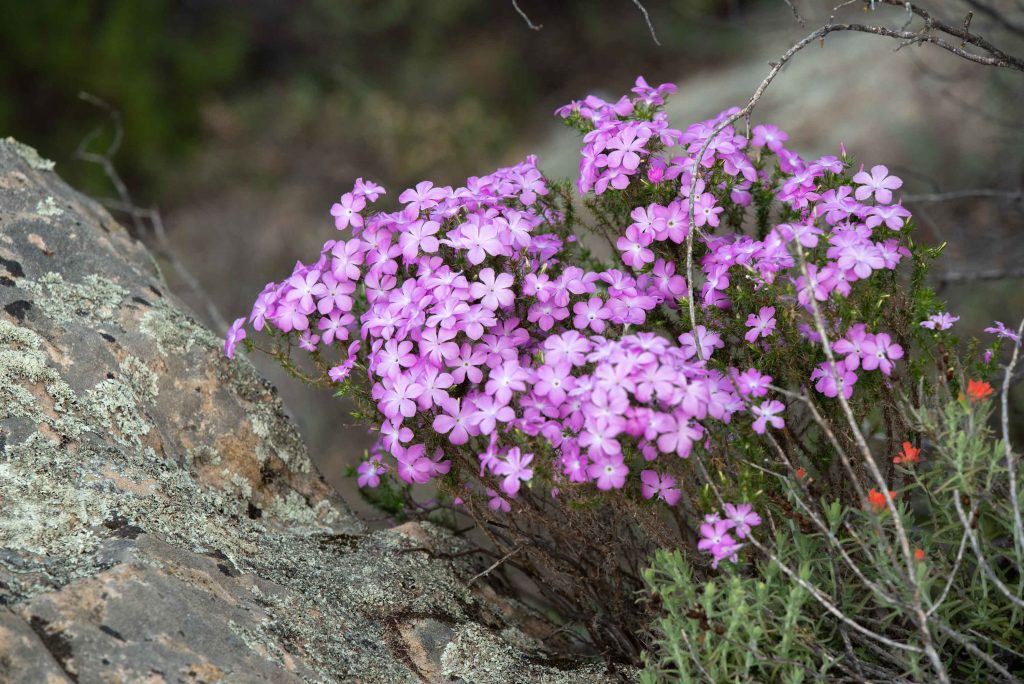

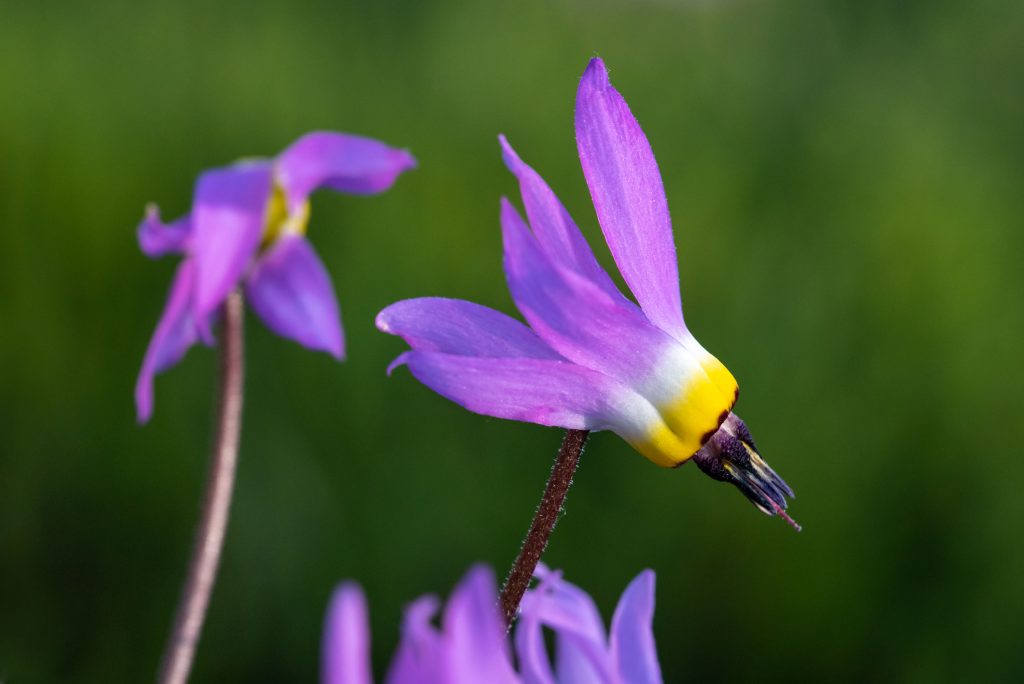
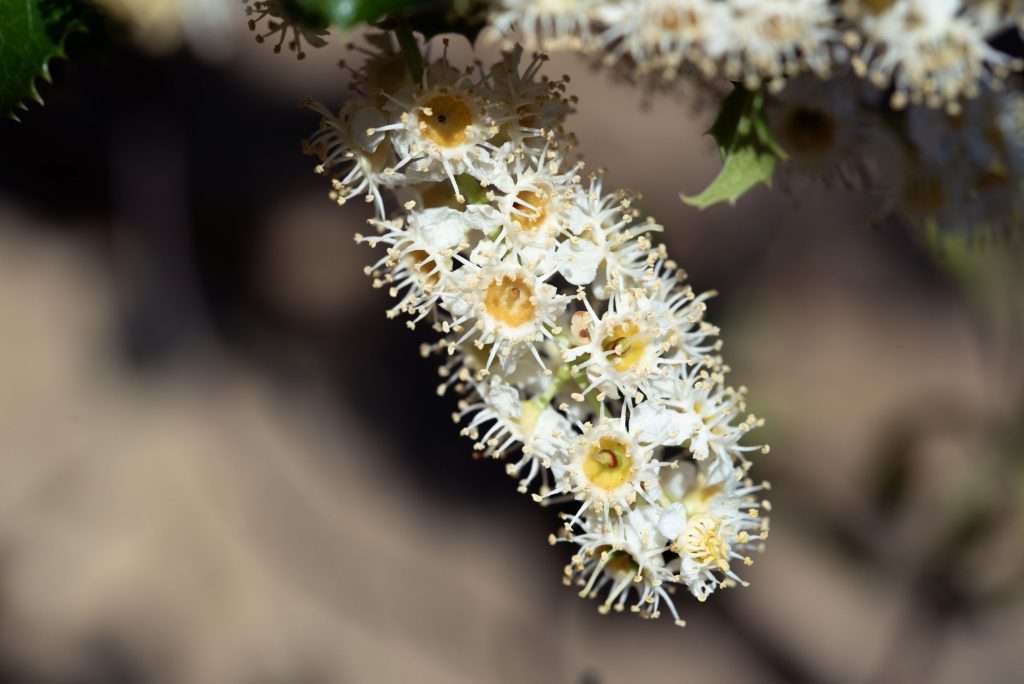
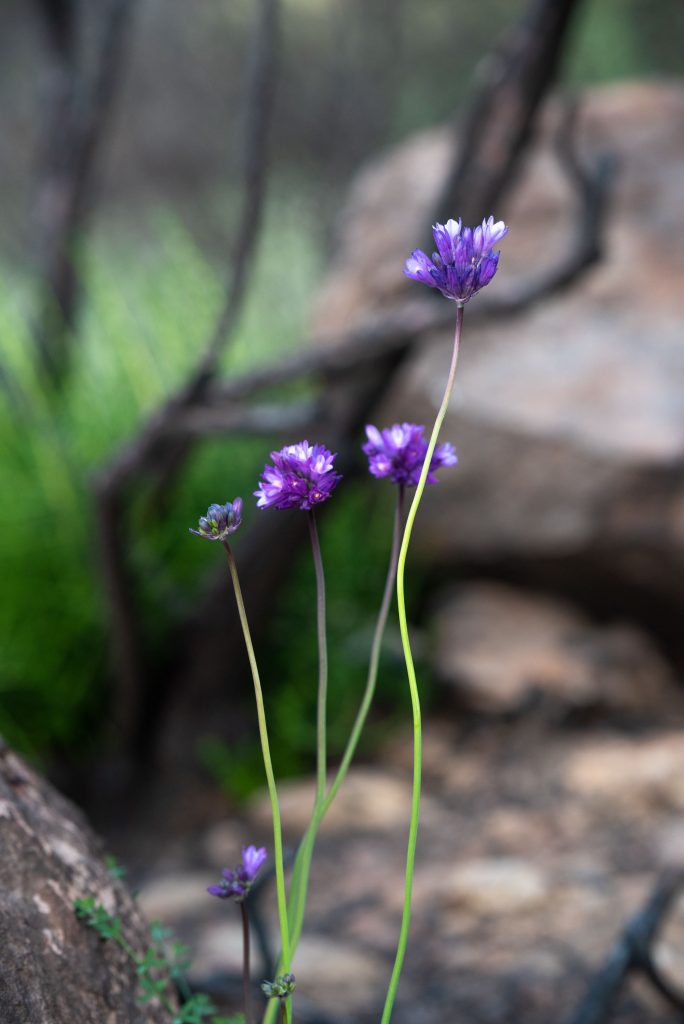

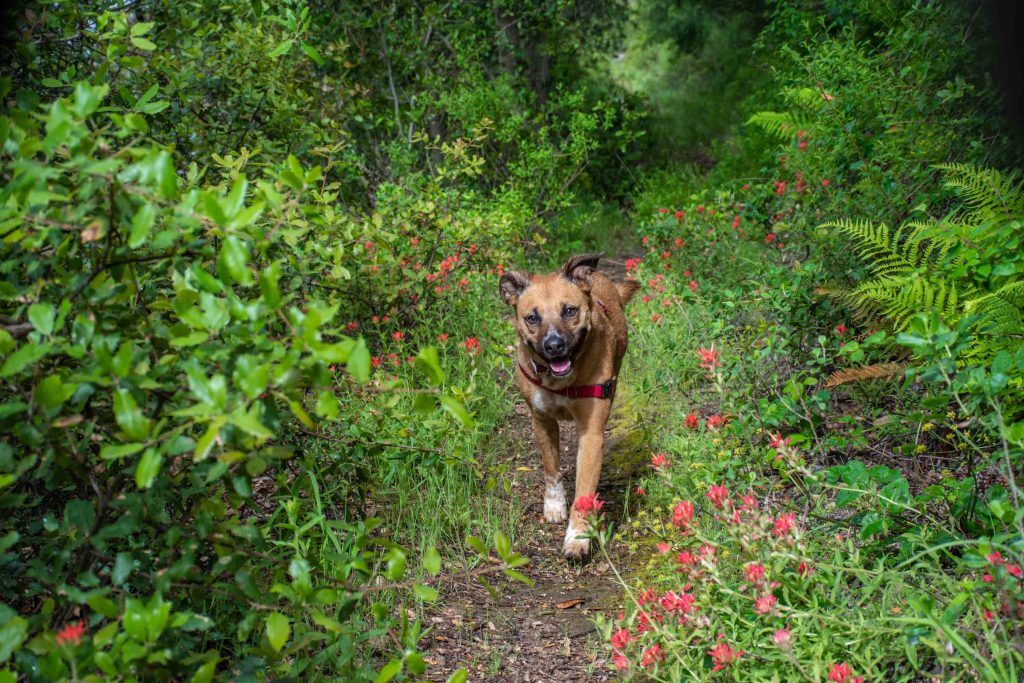
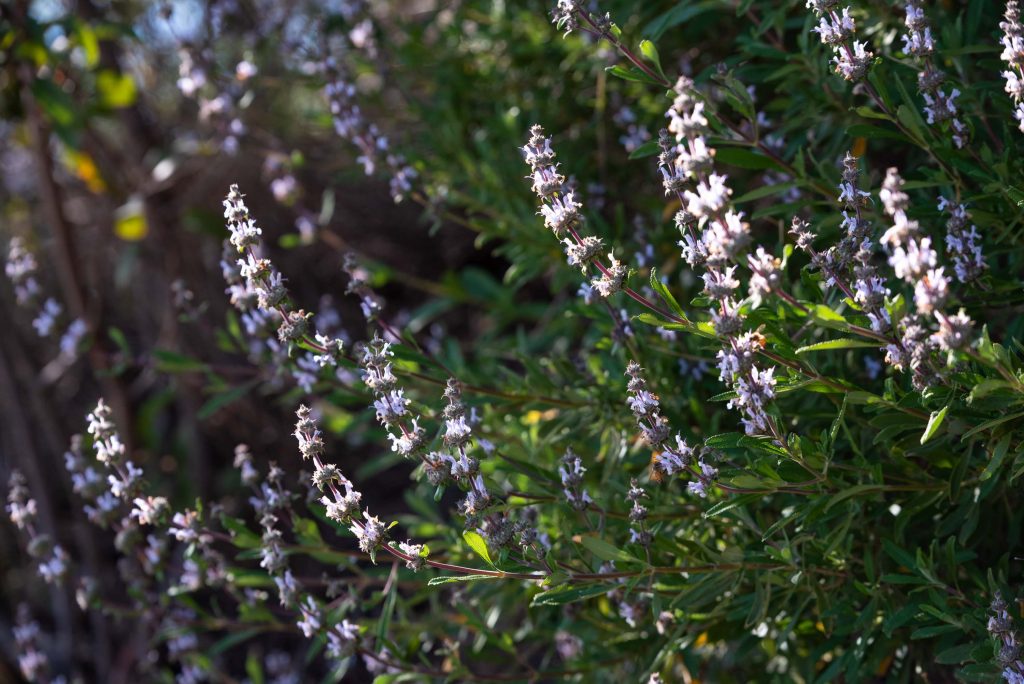

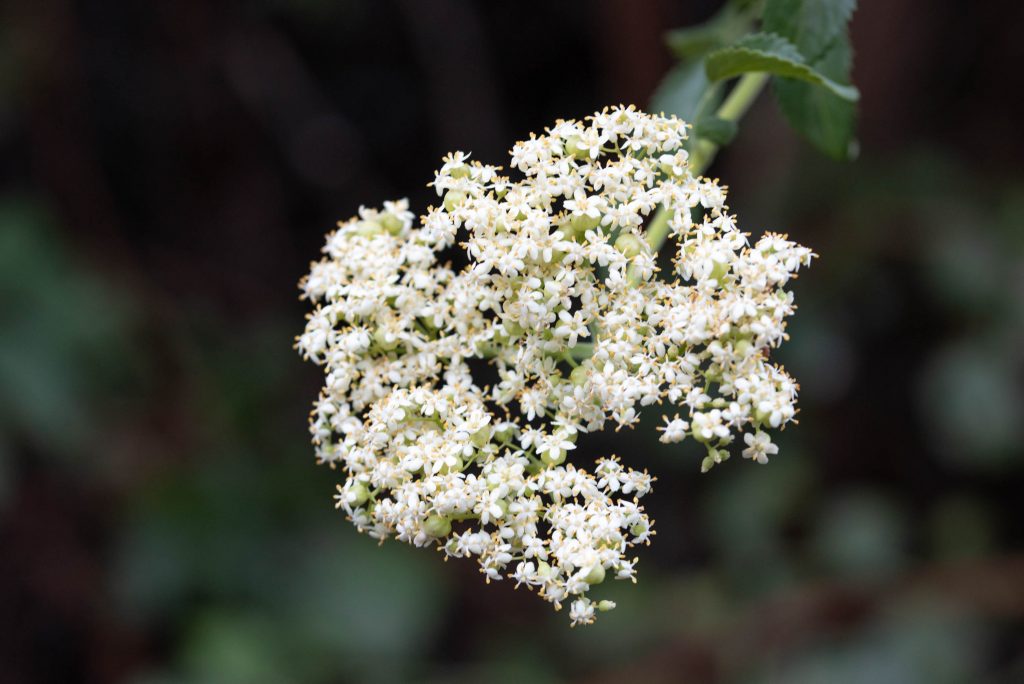
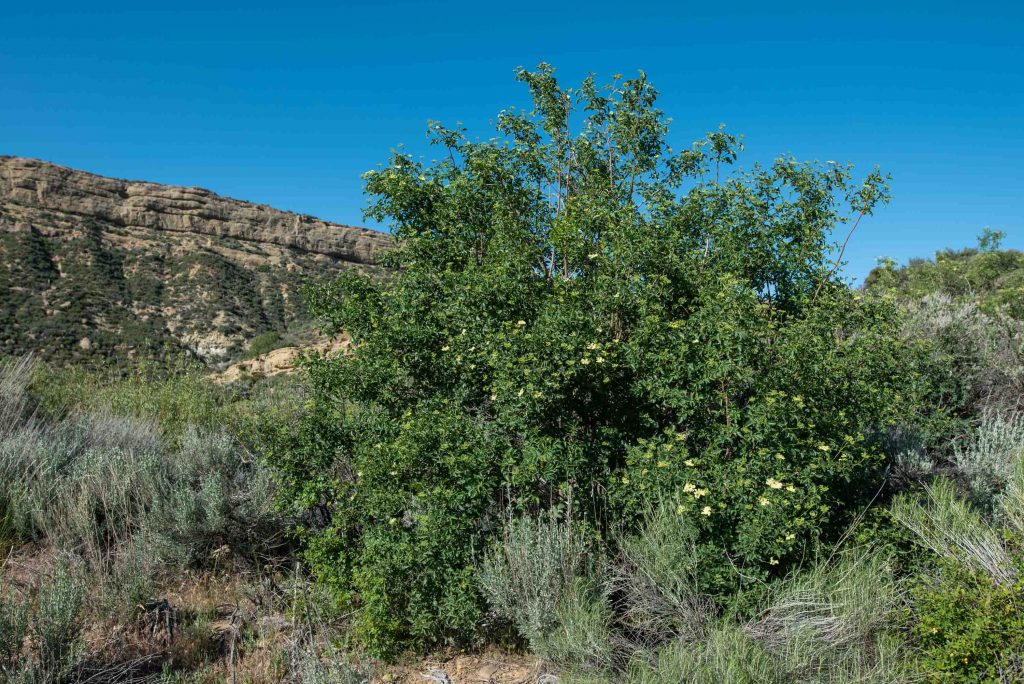
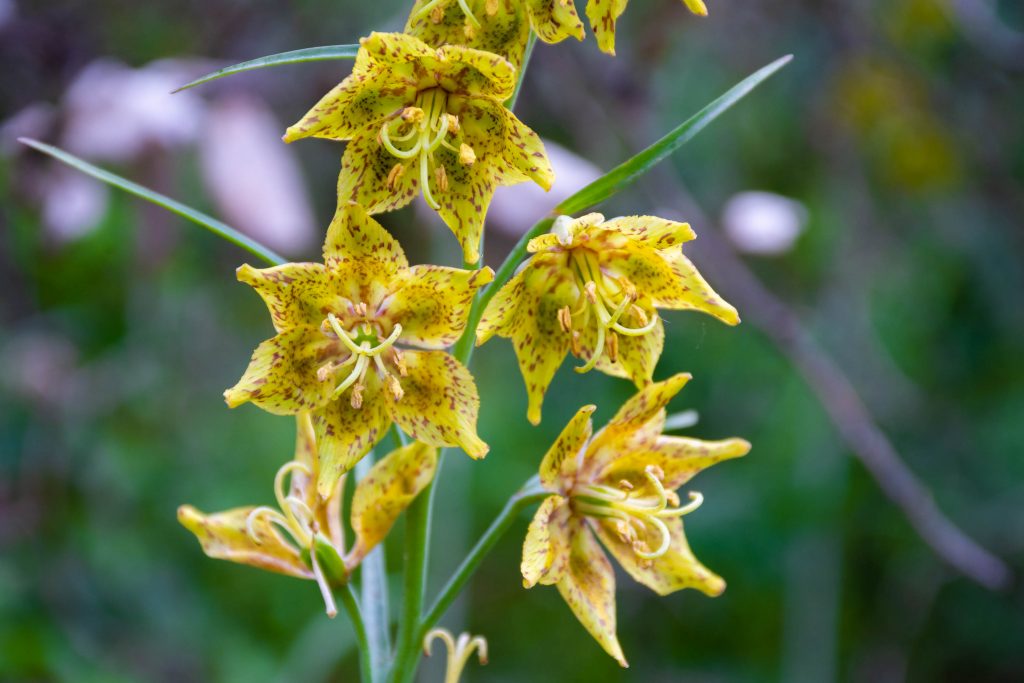






Comments are closed.